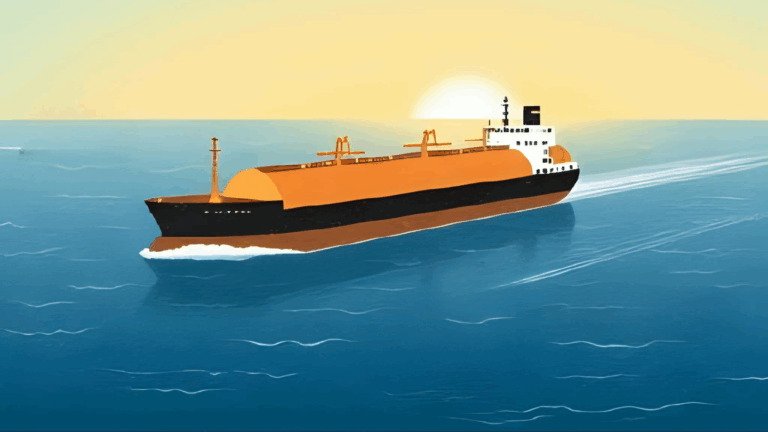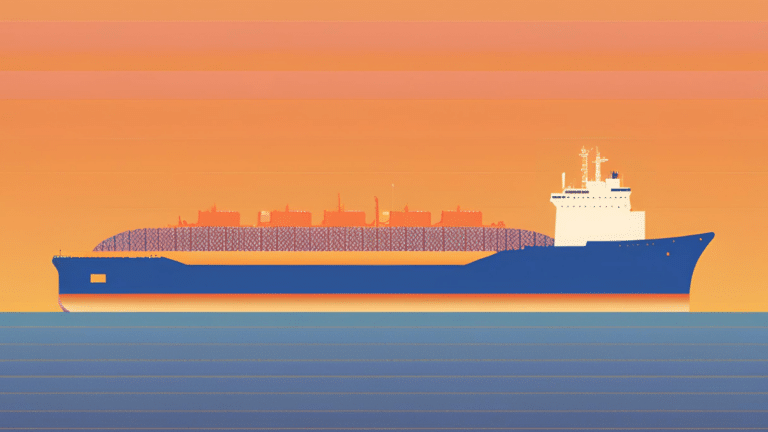Power prices are expected to soar under new tax cut and spending law
In states without policies to drive renewable energy, power prices could surge as federal tax incentives for clean energy disappear, according to Energy Innovation, a think tank.
Current Access Level “I” – ID Only: CUID holders, alumni, and approved guests only
External Publications by Tim Boersma • November 29, 2017
When comparing oil and gas projects – their relative attractiveness, robustness, and contribution to markets – various dollar per barrel benchmarks are quoted in the literature and in public debates. Among these benchmarks are a variety of breakeven points (also called breakeven costs or breakeven prices), widely used to predict producer responses to market conditions. These analyses have not proved reliable because (1) there has been no broadly accepted agreement on the definitions of breakeven points, (2) there are various breakeven points (and other benchmarks) each of which is applicable only at a certain stage of the development of a resource, and (3) each breakeven point is considerably more dynamic than many observers anticipated, changing over time in response to internal and external drivers. In this paper we propose standardized definitions of each breakeven point, showing which elements of field and well development are included in each. We clarify the purpose of each breakeven point and specify at which stage of the development cycle the use of each becomes appropriate. We discuss in general terms the geological, geographical, product quality, and exchange rate factors that affect breakeven points. We describe other factors that contribute to tight oil market dynamics, including factors that accelerate the growth and retard the decline of production; technological and legal influences on the behavior of market participants; and infrastructure, labor, and financial inelasticities. The role of tight oil in short-term and medium-term oil market stability is discussed. Finally, we explore the implications of a broader, more rigorous, and more consistent application of the breakeven point concept, taking into account the inelasticities that accompany it.
China’s dependence on the energy supplies that move through the Strait of Hormuz makes it especially vulnerable to any possible closure of the waterway by Iran in retaliation for attacks by Israel and the United States.

The conflict between Iran, Israel, and now the United States has yet to disrupt energy supplies to global markets.

Calls to "Drill, baby drill" are back with Donald Trump's return to the White House, and for US natural gas production, the catchphrase might also be a necessity over the next three years if demand for the fuel grows as steeply as expected.

Full report
External Publications by Tim Boersma • November 29, 2017